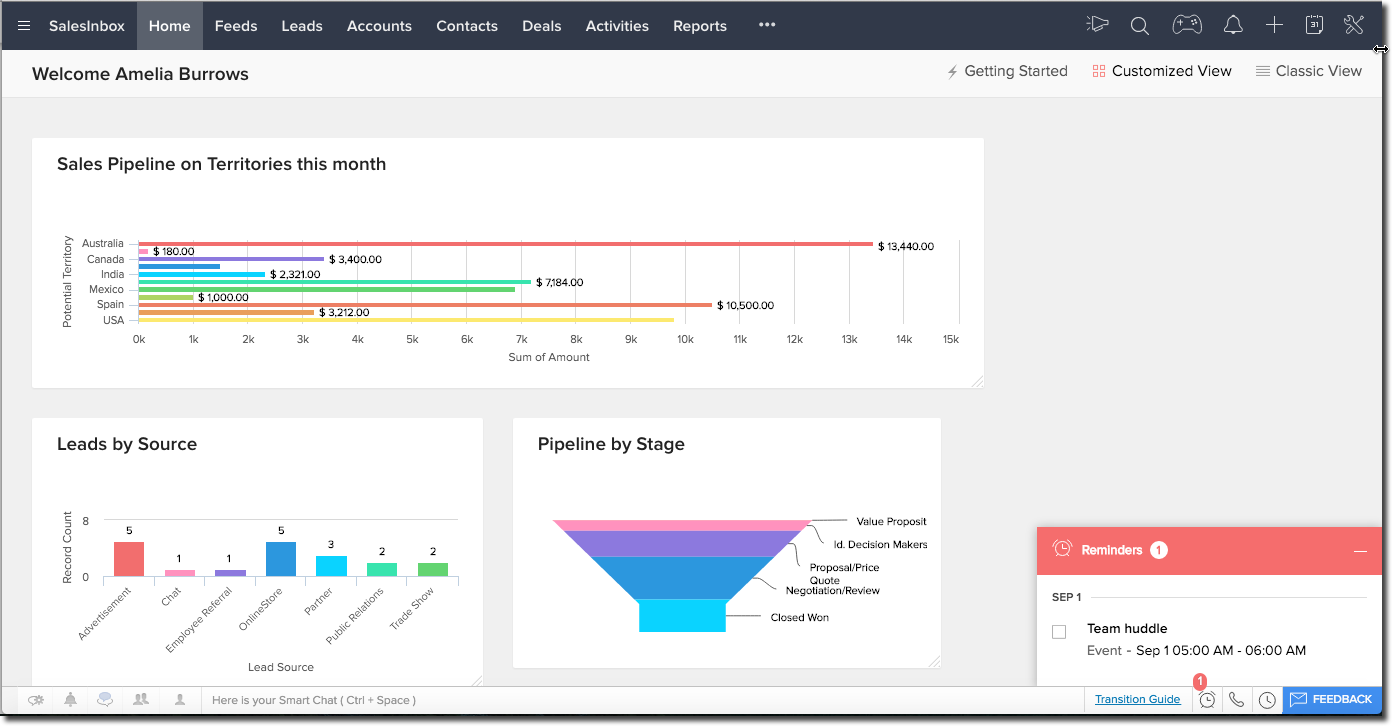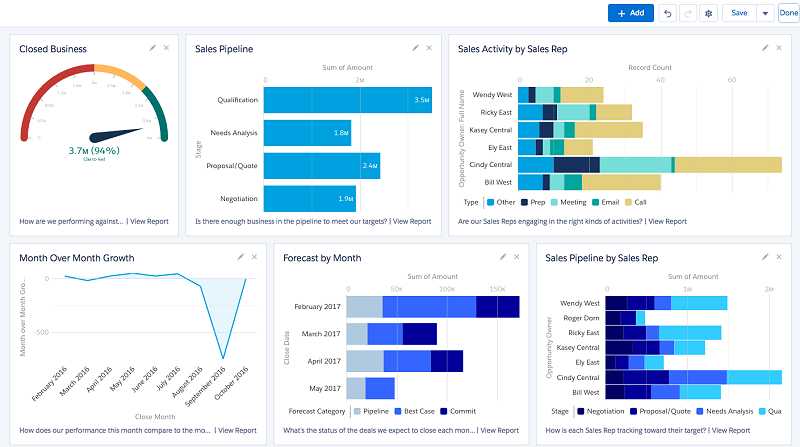With COVID 19 localizing business staff to home offices or other hybrid models of business operations, digital transformation is now more important than ever, and easier with the help of the CDAP
CANADA DIGITAL ADOPTION PROGRAM (CDAP)
Are you a small or medium-sized business owner in Canada looking to enhance your digital presence? The Canada Digital Adoption Program (CDAP) offers two grants to help you make it happen. The Grow Your Business Online grant provides up to $2,400 for setting up e-commerce and increasing sales online, while the Boost Your Business Technology grant gives up to $15,000 for expert advice on the technologies that can take your business to the next level. These grants provide valuable resources for businesses seeking to undergo a digital transformation and stay competitive in the modern marketplace. Take advantage of these opportunities and learn how to digitally transform your business with the help of CDAP.
Are you considering a digital transformation for your business but unsure where to begin? The Boost Your Business Technology grant might be just the solution for you. Provided through Canada’s Digital Adoption Program and the Business Development Bank of Canada, this grant could provide up to $115,000 in funding and expert advice to help propel your business forward. You’ll work with a dedicated digital advisor to develop a customized plan that fits the needs of your company. Don’t let the fear of the unknown hold you back from taking advantage of new technology – apply for the Boost Your Business Technology grant today.
It’s Not A Matter Of WHETHER Small Or Medium Size Businesses Becomes Digitized, It’s A Matter Of WHEN. In Order To Survive Long-Term, All Businesses Will Need To Adapt And Transform.
Small business digital transformation trends for 2023
- Shift To Virtual Interaction.
Virtual meetings to reduce travel time and streamline operations - Business Process Automation.
Technology-enabled automation of your business processes. - Enhanced Emphasis On Omnichannel Marketing.
Use multiple channels to increase brand awareness and lead gen - More Investment In Cloud Technologies.
Utilize the cloud to streamline operations and increase efficiency - Cybersecurity Will Be Very Crucial.
Ensure your website, email and local networks are secure
There are many benefits: by digitizing information costs can be significantly reduced. In addition, replacing paper and manual processes with software allows businesses to automatically collect data that can be mined to better understand process performance and forecasting.
There are three primary forces driving digital transformation:
Consumer pull
Consumers, and particularly Generation C (the generation of young people who, by 2020, will have always lived in a primarily digital world) are already fully adapted to the digital environment. They naturally expect to always be connected, are willing to share personal data, and trust referrals from their closest friends more than from well-known brands.
Technology
The increasing affordability of broadband is expanding the reach of technology to billions of consumers. In parallel, low-cost smart devices are being deployed in every industry. Cloud computing and the vast information-processing machinery it requires, is developing rapidly.
Economy
The economic benefits to be captured through digitization are quantifiable. A surge of capital has poured into the new digitization technologies and companies, and the public markets reward early movers with unprecedented valuations
Streamline your small business operations.
To meet high customer expectations, companies must accelerate the digitization of their business processes. They must change the entire business process, including cutting the number of steps required, reducing the number of documents and developing automated decision making.
There are many benefits: by digitizing information costs can be significantly reduced. In addition, replacing paper and manual processes with software allows businesses to automatically collect data that can be mined to better understand process performance and forecasting.


Moving to a CRM
Customer Relationship Management.
A CRM helps manage and analyze customer interactions and data throughout the customer lifecycle, with the goal of improving business relationships with customers, assisting in customer retention and driving sales growth
Why a CRM?
Customer Information
CRM software consolidates customer information and documents into a single CRM database so business users can more easily access and manage it.
Customer Interactions
The other main functions of this software include recording various customer interactions (over email, phone calls, social media or other channels, depending on system capabilities)
Automation
Automating of various workflow processes such as tasks, calendars and alerts, and giving managers the ability to track performance and productivity based on information logged within the system
The benefits of a CRM
Understand your customers. Accurate records of customer preferences, needs, and concerns can mean the difference between a basic business relationship and a long term partnership.
- Improved Informational Organization
- CRM for Enhanced Communication
- CRM Improves Your Customer Service
- Automation of Everyday Tasks
- Greater efficiency for multiple teams
- Improved Analytical Data and Reporting








